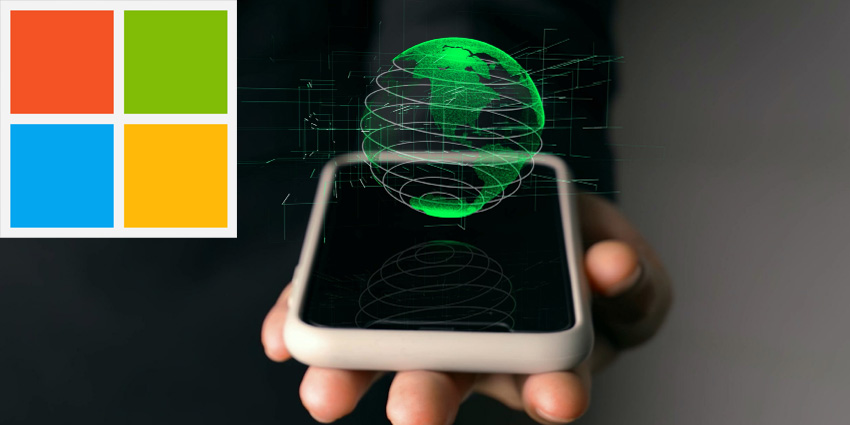US tech giant Microsoft is expanding its presence in the extended reality (XR) market with updates to its Edge browser-based virtual reality (VR) platform.
Microsoft’s update has enhanced its augmented and mixed reality (AR/MR) capabilities on Edge for cross-platform support for XR platforms such as Spatial or ENGAGE VR.
The update is perfect for people without AR/MR/VR headsets as it provides users with in-browser immersive experiences and adds several key developer tools to improve creation and testing processes.
The news comes as Microsoft introduces its Dynamic 365 XR remote solution, which has expanded XR support for enterprise partners such as LyondellBasell and Hemofarm Pharmaceuticals.
Browser Based XR
Due to COVID, the public has become aware of browser-based WebXR applications, such as Spatial, which are becoming increasingly popular for facilitating remote collaborations for friends or coworkers.
Similarly, tools such as WebAR have exploded with popularity as firms like 8th Wall and Poplar unite brands and developers to create AR experiences for smartphones and laptops.
Anyone can explore WebAR experiences with a PC or smartphone, which greatly increases brand awareness and user retention.
Co-Founder and CEO at Poplar Studio and UK Chapter President of the VR/AR Association, David Ripert told XR Today in a recent interview brands employing AR tools to help consumers visualise products at home could boost conversion sales “50 to 200 percent higher.”
Competition in Nextech and Google
The news comes as Canadian AR firm Nextech announced strategic plans to create WebAR/XR adverts for Google without requiring an app to download.
Nextech’s WebXR tool has tapped into Google Display Network’s huge market reach of roughly 90 percent of global internet users and supports native applications such as Gmail, YouTube, and others.
Additionally, the Vancouver-based company acquired UK spatial computing firm ARWay to expand its 3D advert outreach, and developed its HoloX content creator platform as it enters the Metaverse space.
Evan Gappelberg, Nextech Chief Executive, explained further at the time, stating:
“The combination of Nextech AR’s 3D model creation at scale with Nextech’s Ad Network now on Google Ads creates an incredibly valuable offering that accelerates our customer’s reach with higher engagement levels”
Nextech has launched several strategic moves as it competes directly with Microsoft’s WebXR developments, and plans to integrate its HoloX platform into Microsoft’s HoloLens 2 headset to extend its AR market customer base to the tech giant’s corporate and government clients.
Many big names such as Microsoft, Facebook, Google, and Nextech have announced major plans to develop the metaverse, and while it is unclear who will earn the greater market share, the winner will see great success in the future of big brand advertising.







